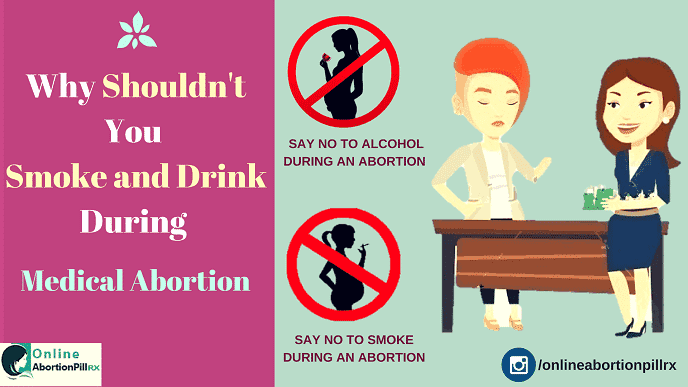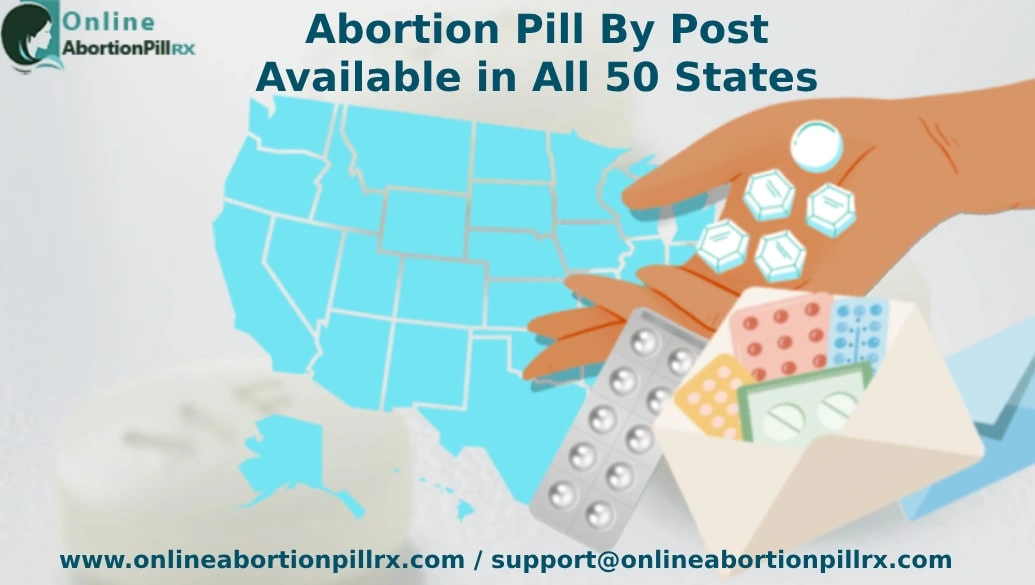Abortion Pills History and Laws
April 28, 2016 12:04 pm Leave your thoughtsSince decades, medication methods are used to cause abortion. A combination of tablets are taken to empty the uterus. The agents used to terminate a pregnancy are anti-progesterones and prostaglandins. In the United States, Mifepristone is marketed by the Danco Laboratories, LLC, which is under Mifeprex as trade name, sold to the physicians. The medication can soften and dilate cervix leading to decidual necrosis that is ‘placental detachment’.
It increases prostaglandin releasing from uterine lining, and with Cytotec (brand name for Misoprostol), frequents uterine contractions and sensitivity to prostaglandin. Thus, myometrial contractions expel pregnancy tissues by ripening cervix. In few days the womb is left empty of all the pregnancy sections.
Progress of Abortions Pills – Then and Now
- In 1980, a product named Mifepristone was developed, which were later marketing in the U.S as RU-486 and Mifeprex, used initially to begin pregnancy termination. The medicine blocks progesterone hormone in body, by binding to the hormone’s receptors.
- In 1985, Mifeprex was discovered to sensitize myometrium to prostaglandin. Thus administration of it with Cytotec shot efficacy of medical abortion from 80 to 95 percent.
- In 1988, Mifepristone gained licensed use in France, which was given along with Misoprostol (prostaglandin analogue that was developed in 1973).
- In 1994, Roussel-Uclaf, company that owned RU-486 turned over U.S. rights for medicine to the Population Council of New York that conducted clinical trials required for FDA approval.
- In 1996, FDA indicated that mifepristone was a safe and effective technique of early abortion. However, final approval of the medication was stalled.
- By 1999, over 3 million females’ globally safely ended pregnancy with both medications. But, the FDA approved the regimen of Mifepristone 600mg followed by 400mcg Misoprostol only in September 2000.
- Based on clinical evaluations, in March 2016, the FDA updated label for Mifeprex, and reduced required dose from 600mg to 200mg, which was deemed safer and beneficial to end pregnancies up to 10 weeks or 70 days of gestation.
Abortion Laws and Access – Volatile Times
When pregnancy termination as medical facility and necessity was established, the world was divided over two views- either to allow the procedure (pro-choice) or disallow (pro-life) the same. Gradually, abortion became the most volatile topic of nations, states, politics, and healthcare. While many campaigned against woman’s choice to end pregnancy, others supported it- reciting that female should have a control over her body and pregnancy.
Bans Increased Risks: From the year 2009 till date, a lot of restrictions and bans have been placed on abortions. Some of these have lead to shut down of clinics that offered pregnancy termination services.
- Women proceeded with unsafe back-alley procedure when safe care was unavailable, leading to rise in maternal deaths.
- Blotched surgeries, fake and over-priced tablets made way for those who desperately needed to cease their pregnancy, but could not do so legally or due to taboo or financial reasons.
But, there is Light of Hope amidst Chaos…
Some NGOs were established that helped women who needed pregnancy termination. These dispensed free abortion pills around the world, and lobbied for reproductive right, some of which are still raging court wars. The future of abortion seems turbulent. While there is acceptance, rejection too follows.
Laws do ease down and expand access to pregnancy termination, like telemedicine for the tablets allowed in few regions, and shun down access, such as ban on pregnancy ending even if the female wants it because of sexual abuse, fetal deformity or life-threatening consequences.
The strongly opinionated groups for and against abortion will go ahead with their preaching. Ultimately, the choice woman had to make for herself would be up for others to decide. But, fortunately, those who need abortion services can always look for online pharmacies or local health providers/NGOs to get the medicines.
Categorised in: Abortion Pills
This post was written by Marcella











